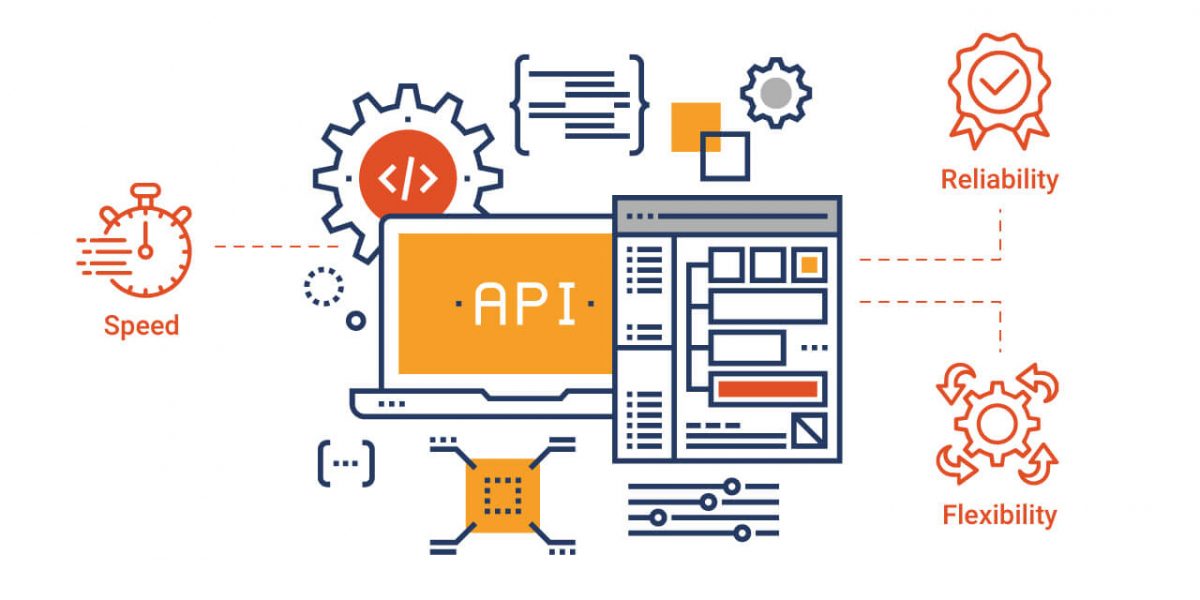Elevators are essential for both residential and commercial buildings, ensuring smooth transportation between floors and adding value to any property. However, like any mechanical system, elevators require regular maintenance to function optimally. With evolving industry requirements and the introduction of modern technologies, the field of elevator preventive maintenance has witnessed significant changes in recent years. In this article, we’ll explore the latest trends and industry requirements in elevator preventive maintenance, highlighting how modern solutions are shaping the future of this critical service.
Why is Elevator Preventive Maintenance Crucial?
Elevator breakdowns can lead to operational disruptions, safety hazards, and expensive repairs. Regular maintenance helps to identify potential problems before they escalate, ensuring that the elevator remains safe and operational. Key benefits of elevator preventive maintenance include:
- Improved safety: Ensures compliance with safety regulations and minimizes the risk of accidents.
- Reduced downtime: Maintenance reduces unexpected breakdowns, keeping the elevator operational.
- Extended lifespan: Regular upkeep preserves the elevator’s components, prolonging its service life.
- Cost efficiency: Preventive maintenance is significantly less expensive than emergency repairs or full replacements.
Now, let’s dive into the latest trends and industry requirements driving modern elevator maintenance.
Get Started in Minutes — No Coding Required! |
https://axonator.com/request-for-demo/
Latest Trends in Elevator Preventive Maintenance
1. IoT-Enabled Predictive Maintenance
One of the most significant advancements in elevator maintenance is the integration of the Internet of Things (IoT). IoT technology enables real-time monitoring of elevator performance and usage, providing critical data that helps predict potential issues before they become major problems.
How it works: Sensors installed within elevators continuously track key metrics such as door movements, speed, motor health, and overall system performance. This data is sent to cloud-based platforms where algorithms analyze it and alert technicians to impending malfunctions or wear and tear.
By adopting predictive maintenance, facility managers can schedule service based on real-time conditions rather than adhering to fixed schedules. This reduces unnecessary inspections while improving reliability.
2. AI and Machine Learning Integration
AI and machine learning (ML) technologies are revolutionizing elevator maintenance by enabling advanced fault detection and analytics. By analyzing historical data and identifying patterns, AI can anticipate potential issues and recommend the most effective maintenance procedures.
For instance, machine learning algorithms can study usage patterns in high-traffic buildings and predict wear on critical components, helping to schedule repairs or replacements before failure occurs. Additionally, AI-based systems can optimize maintenance routes for technicians, ensuring that elevators in critical need of servicing are attended to first, minimizing downtime and improving efficiency.
3. Smart Maintenance Platforms
Digitalization has made it possible for maintenance teams to manage multiple elevators from a centralized platform. These smart maintenance platforms enable elevator technicians to receive real-time alerts, access service histories, and schedule maintenance tasks remotely.
These platforms often come with mobile applications that give technicians direct access to elevator performance data, diagnostic tools, and repair guidelines. Building owners and facility managers also benefit from transparency, as they can track maintenance records, receive performance reports, and even automate service scheduling.
4. Energy-Efficient Elevators
As sustainability becomes a growing concern, many elevator manufacturers and service providers are focusing on energy efficiency in preventive maintenance practices. The installation of energy-efficient components such as LED lighting, regenerative drives, and standby mode systems has gained popularity.
Energy-saving solutions are not only reducing the environmental impact but also improving the overall performance of elevators. Preventive maintenance in this area includes ensuring that all energy-efficient components are functioning correctly and that the elevator operates with minimal energy consumption.
5. Augmented Reality (AR) for Maintenance Technicians
Augmented Reality (AR) tools are gaining traction in the field of elevator maintenance, particularly for training and remote diagnostics. AR glasses or mobile applications can overlay virtual instructions onto the technician’s real-world view, guiding them through the repair process.
For example, a technician can use AR to visualize hidden components inside the elevator shaft or access real-time support from senior technicians remotely. This technology enhances accuracy in repairs and can significantly reduce downtime, as problems are solved quickly and efficiently.
Learn More | https://axonator.com/blog/elevator-preventive-maintenance/
Industry Requirements for Elevator Preventive Maintenance
As elevator technology evolves, so do the regulatory standards that govern their maintenance and safety. Several industry requirements and standards must be adhered to when conducting preventive maintenance.
1. Compliance with Safety Codes
Elevator safety is governed by national and international codes. For example, in the United States, ASME A17.1/CSA B44 is the primary code for elevator safety and outlines the minimum requirements for the maintenance, repair, and inspection of elevators.
Preventive maintenance must ensure that elevators comply with these safety codes, which cover everything from mechanical components to electrical systems and emergency operations.
2. Frequent Inspections
Industry standards mandate regular inspections to ensure that elevators are functioning safely and efficiently. Inspections should be conducted by certified technicians and include testing of the brakes, control systems, safety features, and door operations.
The frequency of these inspections can vary depending on the elevator’s usage, with high-traffic elevators requiring more frequent checks. Maintenance logs should be maintained for auditing and compliance purposes.
3. Component-Specific Maintenance
Elevator systems consist of many complex components, each of which requires specific care during preventive maintenance. These components include:
- Elevator cables: Must be inspected regularly for signs of wear or fraying.
- Brake systems: Regularly tested for functionality and wear.
- Doors and safety edges: Must be checked for smooth operation and proper alignment.
- Control systems: Require periodic updates and testing to ensure they function correctly.
Following these component-specific guidelines ensures that no critical part of the elevator is overlooked during maintenance.
4. Emergency Preparedness and Backup Systems
Modern elevators are equipped with backup power systems, emergency communication devices, and evacuation procedures. Preventive maintenance must include testing these systems to ensure that, in the event of a power failure or other emergencies, the elevator remains safe and accessible.
Conclusion: Future-Proofing Elevator Maintenance
As the technology behind elevators continues to evolve, so too must the strategies for maintaining them. IoT-enabled predictive maintenance, AI-driven analytics, and energy-efficient upgrades are shaping the future of elevator service, providing safer, smarter, and more sustainable solutions. Compliance with industry standards and codes remains crucial, ensuring that preventive maintenance not only keeps elevators running efficiently but also upholds the highest safety standards.
Investing in modern elevator preventive maintenance not only extends the lifespan of the system but also offers building owners peace of mind by reducing downtime and avoiding costly repairs. By staying ahead of these trends, facility managers can future-proof their elevator systems and continue providing safe and reliable transportation for years to come.
About Axonator Inc:
At Axonator, Our vision is simple yet powerful: to enable the world on mobile. We envision a future where every aspect of business and society is seamlessly connected through mobile devices. Our mission is to empower businesses worldwide to leverage the full potential of mobile technology, transforming the way they operate, communicate, and collaborate.
Contact:
Axonator Inc (The World On Mobile)
Austin, TX, USA
USA: +1–716–274–8885
India: +91–8600–032–635
Email: support@axonator.com
Website: https://axonator.com/









